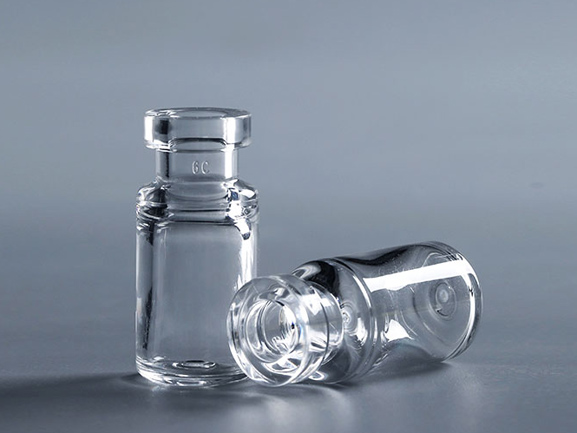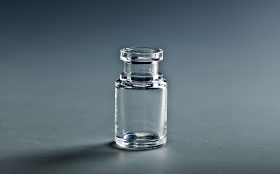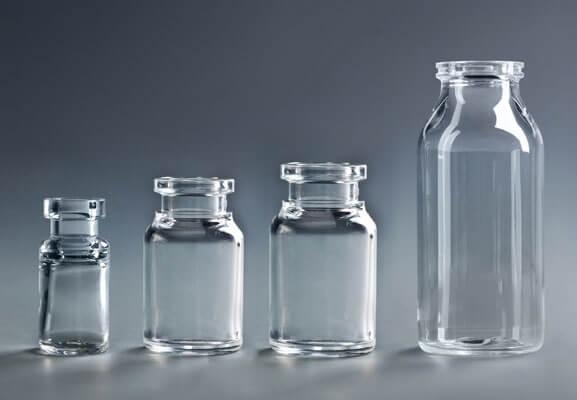Medical aesthetics is an industry where precision, safety, and product integrity are paramount. From dermal fillers to botulinum toxin injections, the quality of the materials used directly impacts patient outcomes. One of the innovations contributing to these high standards is the use of COP vials. This blog will explore what COP vials are, their benefits, and why they are becoming a preferred choice in the medical aesthetics field.
RTU(ready to use) 2ml COP vial
What Are COP Vials?
COP (Cyclic Olefin Polymer) vials are a type of advanced plastic container used for storing and delivering pharmaceutical products. Unlike traditional glass vials, COP vials are made from a synthetic polymer that offers a range of benefits tailored to the needs of modern medical practices.
These vials are increasingly used in the medical aesthetics industry to store sensitive products, such as hyaluronic acid fillers, botulinum toxins, and other injectable solutions. The shift towards COP vials reflects the growing demand for containers that provide better protection against contamination, breakage, and product degradation.
Why COP Vials Are Ideal for Medical Aesthetics
Superior Chemical Stability
COP vials are non-reactive and chemically stable, which makes them ideal for storing sensitive substances used in medical aesthetics. Unlike glass, which can sometimes interact with the contents, leading to changes in pH or ion leaching, COP vials maintain the integrity of the stored product. This stability is crucial for ensuring that injectable treatments remain safe and effective.
Enhanced Break Resistance
One of the most significant advantages of COP vials over glass is their break resistance. In a busy clinical setting, the risk of dropping and breaking glass vials is ever-present, which can lead to costly product loss and potential safety hazards. COP vials, however, are shatterproof, reducing the risk of accidents and ensuring that valuable aesthetic products are not wasted.
Lightweight and Durable
COP vials are significantly lighter than glass, making them easier to handle, transport, and store. Their durability also means they can withstand the rigors of frequent use and handling without compromising the product inside. For medical practitioners, this translates to more convenience and less concern over potential damage during routine procedures.
Excellent Barrier Properties
Protecting the contents from environmental factors like moisture and oxygen is critical in maintaining the efficacy of medical aesthetic products. COP vials offer excellent barrier properties, preventing the ingress of gases and moisture that could degrade the product. This feature is particularly important for products with long shelf lives or those sensitive to oxidation.
Transparency and Aesthetic Appeal
Like glass, COP vials are highly transparent, allowing practitioners to easily inspect the contents. This visual clarity ensures that the correct product is used, and any signs of contamination or degradation are immediately visible. Moreover, the sleek, modern appearance of COP vials adds an extra touch of professionalism to the practice.
Environmental Considerations
As the medical aesthetics industry becomes more environmentally conscious, the sustainability of packaging materials is gaining attention. COP vials are recyclable, contributing to a more sustainable practice. Additionally, their lightweight nature means they have a smaller carbon footprint during transportation compared to heavier glass alternatives.
Polymer Vial for cell and gene therapies
Applications of COP Vials in Medical Aesthetics
COP vials are versatile and can be used to store a wide range of products in the medical aesthetics industry, including:
Dermal Fillers: COP vials protect the integrity of hyaluronic acid and other filler materials, ensuring they remain effective until the point of use.
Botulinum Toxin: The stability and barrier properties of COP vials help maintain the potency of botulinum toxin, which is sensitive to environmental factors.
Mesotherapy Solutions: These vials are ideal for storing mesotherapy products, which often contain a mix of vitamins, enzymes, hormones, and plant extracts that require a stable environment.
Conclusion
COP vials represent a significant advancement in the packaging of medical aesthetic products. Their superior chemical stability, break resistance, and excellent barrier properties make them an ideal choice for storing and delivering high-quality aesthetic treatments. As the industry continues to evolve, the adoption of COP vials is likely to increase, setting a new standard for safety, efficacy, and convenience in medical aesthetics.



没有评论:
发表评论